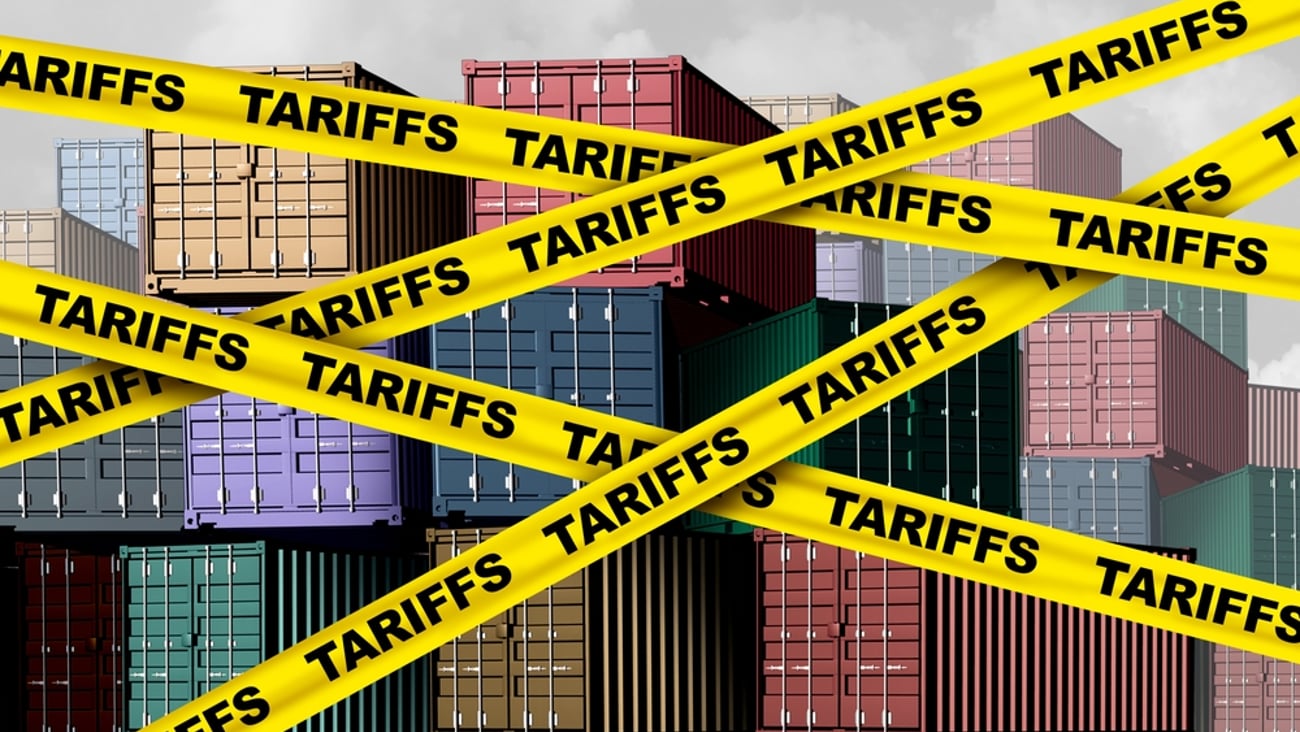The new world of retail
Retail’s evolution is accelerating, making it a challenge for any busy business leader to keep up. However, staying informed of best-of-breed solution today and what’s on the horizon is crucial for planning intelligently and staying aligned with consumer behaviors and expectations.
Retailers and restaurateurs determined to capture and maintain market share throughout an era of change will invest time into understanding these trends. They’ll also stay current with information on the technology that’s solving business problems today and that will propel operations into the future.
What to Implement Today
In a climate of rising prices, economic uncertainty, and labor shortages, efficiency and automation are on everyone’s minds. It’s obvious from these themes dominating sessions, presentations, and booth chatter at the National Retail Federation (NRF) Big Show in January. Businesses are actively looking for solutions that will help them streamline processes and operate more cost-effectively.
Tech trends with the most momentum include:
Self-Service
As the workforce shrinks and minimum wage increases (up to $25 per hour in some regions), companies are rethinking where to allocate labor. They’re turning to self-service solutions for basic tasks, like taking orders, accepting payments, managing hotel check-in and checkout, and dispensing keys or codes to self-service lockers holding buy-online-pickup-in-store orders.
Self-service solutions require software that allows the retailer to orchestrate the best customer experiences. However, self-service kiosk hardware is equally important. Retailers are prioritizing durable systems with responsive, reliable touch technology. High-resolution screens also enable retailers to enhance customer experiences with imagery and video.
Frictionless Payments
Payment choice is important to consumers, even to the point of influencing where to shop. Merchants are expanding the types of payments they expect beyond enabling customers to insert EMV credit and debit cards into a card reader. Merchants are meeting demands for contactless and mobile wallet payments. However, they’re also looking at emerging payment methods, such as Amazon One palm pay. This technology uses a palm vein scan to authenticate payments, removing nearly all the friction from transactions.
Retailers are also exploring cashier-less systems that allow shoppers to check in on an app, select items, and simply leave the store. The system totals their purchases and charges their accounts so no stop at a checkout counter is necessary.
Kitchen Display Systems
Among restaurants and grocery or convenience stores with made-to-order foods preparing for IT refreshes, many are planning to implement a kitchen display system (KDS). A KDS eliminates paper in the kitchen, communicating orders directly to food prep areas on screens. In addition, KDS software helps employees prioritize work in each area so that meals for the dining room and orders for pickup and delivery are all prepared on time.
Beneficial solutions integrate with the business’s point of sale (POS) system for automated, error-free data sharing. Touchscreen KDS monitors are also getting market attention due to ease of use and the ability to eliminate a separate bump bar, saving space and streamlining system maintenance.
What to Plan for in the Future
Artificial intelligence (AI) is also dominating board room conversations. However, most retailers are currently exploring the value it can provide and planning for future implementations. Industry thought leaders see AI as a way to give retailers more information about their customers. It can quickly analyze large data volumes to reveal buying habits, both individually, across a retailer’s entire customer base, or even across its market.
For example, a retailer could identify the most active 50K consumers in a region with interest in particular types of products so they can target marketing effectively. Additionally, generative AI can make these insights easily accessible to store associates for personalizing interactions. AI can also help retailers create cutting-edge loyalty rewards programs. It can use customer data to personalize rewards and make offers that increase traffic and influence purchases.
Another trend to watch is robotics implementations across retail and restaurant operations. The future will bring restaurants with fully automated kitchens and employees with new roles of managing them and providing face-to-face service. The International Food and Beverage Technology Association (IFBTA) sponsored a demonstration at the NRF Big Show that showed a fully automated restaurant, from self-service areas to a kitchen managed with robotics. Industry analysts predict that within five years, consumers will be able to pull up to a QSR, order, and efficiently receive meals from robotic systems.
Additionally, more retail operations will transition to robotics that pick, pack and ship orders from distribution centers without human intervention. Automation will increase efficiency, fulfillment speed, and accuracy with 24/7/365 processes.
Stay Focused on the Big Picture
Exploring technological advancements and innovative solutions can create excitement in retail organizations. However, they should move forward logically. Any new tech implementation should support business goals, whether to operate more efficiently, cut costs, increase visibility through data analysis, or enhance customer experiences. Technology for technology’s sake usually doesn’t produce a healthy return.
A good strategy is to turn to IT solutions providers with experience in the retailer’s niche and with the best technologies to help achieve their specific goals. Forming strategic partnerships can also help retailers stay ahead of the curve with tech and industry advancements so they can plan for their future in a rapidly advancing space. Retailers must stay informed about new solutions on the market and what’s set to launch to plan a roadmap that will keep them on the path to success.
Tyler Wells is the independent software vendor and strategic accounts partner manager, Americas, for MicroTouch. Since joining the company in July 2021, his focus has been on developing sales and implementing the U.S. distribution strategy. He can be contacted at tyler.wells@microtouch.com.






